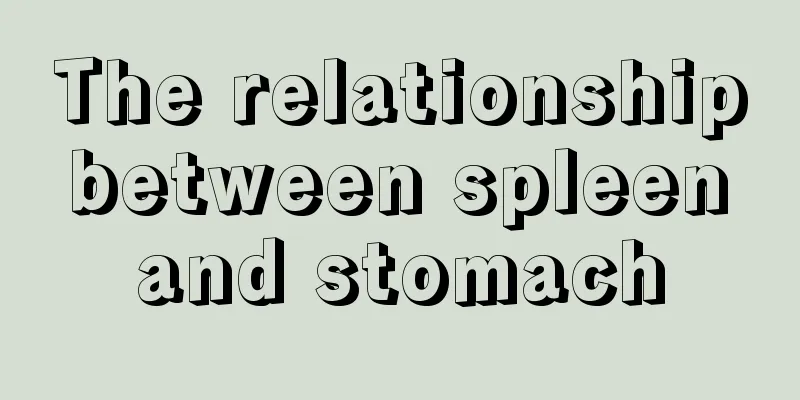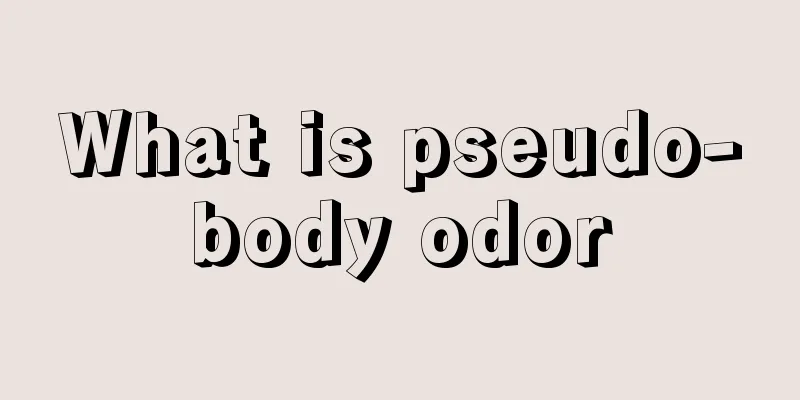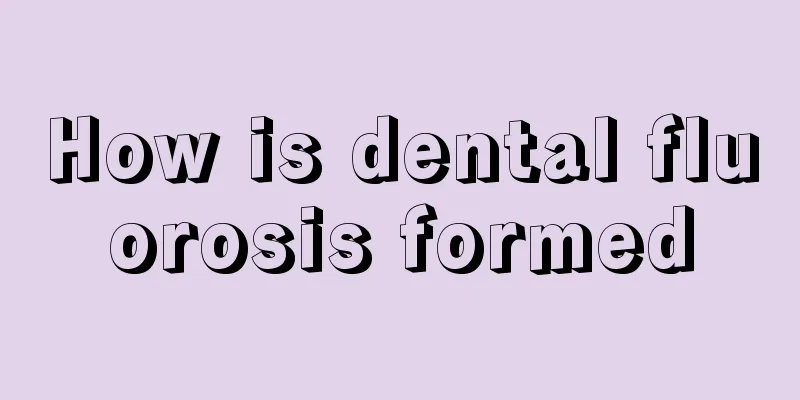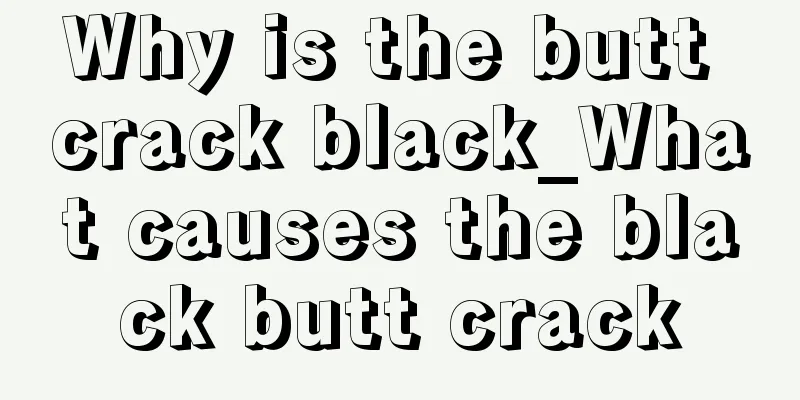Neurogenic bladder dysfunction

|
Neurogenic bladder dysfunction is a urinary system disease. When it occurs, it will have a certain impact on a person's normal urination function. In addition, it may also cause complications such as urinary tract infection, urinary stones or vesicoureteral reflux, so active treatment is very important for patients. Next, I will introduce you to the disease of neurogenic bladder dysfunction. 1. Symptoms and Signs 1. The symptoms of detrusor hyperreflexia are caused by uninhibited contractions, mainly frequent urination, urgency and urge incontinence. Some patients present with stress urinary incontinence or enuresis. 2. Patients with detrusor areflexia cannot open or open the bladder neck fully during urination, often showing symptoms such as dysuria, urinary retention, and overflow incontinence. 3. In addition to urination symptoms, there may be other symptoms such as constipation, fecal incontinence, decreased or loss of perineal sensation, and limb paralysis. 2. Complications Urinary tract infection is the most common complication of neuropathic bladder. Urinary tract stones may occur in 10% to 15% of patients. Vesicoureteral reflux occurs in 10% to 40% of neuropathic bladder and is usually reversible. It may improve on its own when urination improves, residual urine decreases, and bladder pressure decreases. 3. Physical Examination ① Anal sphincter tension test: Relaxation of the anal sphincter indicates inactivity or reduced activity of the spinal cord center. Excessive contraction of the anal sphincter indicates hyperreflexia of the spinal cord center. ② Anal reflex test: Stimulate the skin around the anus. If the anus contracts, it indicates the presence of spinal cord activity. ③ Bulbospongiosus reflex test: Stimulating the glans penis or clitoris will cause contraction of the anal sphincter, indicating the presence of spinal cord activity. IV. Treatment Methods The purpose of treatment is to protect renal function; to establish low-pressure urine storage, urination and urination control to relieve symptoms and improve quality of life; and to deal with complications such as urinary tract infection. The treatment idea is to promote urine storage or urination by intervening in bladder and urethral function. The treatment method is to promote urine storage or urination through surgical or non-surgical methods, emphasizing the individualization of treatment plans; paying attention to the treatment of the primary disease. As there is no completely satisfactory treatment method so far, simple, safe and less damaging treatment methods should be given priority, provided that the treatment effect is achieved. |
>>: How long does it take for acute mental disorder to heal
Recommend
What is chronic pharyngitis, types and causes of chronic pharyngitis
Chronic pharyngitis is a disease that confuses pa...
Key points for MRI diagnosis of brain cancer
The emergence of magnetic resonance imaging (MRI)...
What is the reason for the redness of acne marks
Acne represents youth, but many people are partic...
What is the reason for left bone nerve pain
Our body is like a huge factory, and every part o...
The hazards of manual face brushes
With the development of science and technology, m...
Nursing care for laparoscopic radical prostatectomy with indwelling urinary catheter
Many men do not know the treatment methods for pr...
Can wearing underwear generally make your breasts bigger?
Nowadays, many people will still get plastic surg...
Can you still eat durian overnight?
There are quite a few people who like durian. Alt...
Commonly used single prescription medicines for the treatment of laryngeal cancer
Commonly used single prescriptions for the treatm...
How long can you live with breast cancer in the middle and late stages
A small number of strictly selected patients with...
Winter lip care, five methods are effective
The weather is cold and dry in winter, and dry li...
Why is there no sense of taste on the tip of the tongue
The tongue has many functions, one of which is to...
What should you pay attention to when you have allergic asthma?
There are many types of asthma, the more common o...
Current status of osteosarcoma care
Early diagnosis of osteosarcoma and selection of ...
Benefits of boxwood comb
Boxwood is a widely used Chinese medicinal materi...









